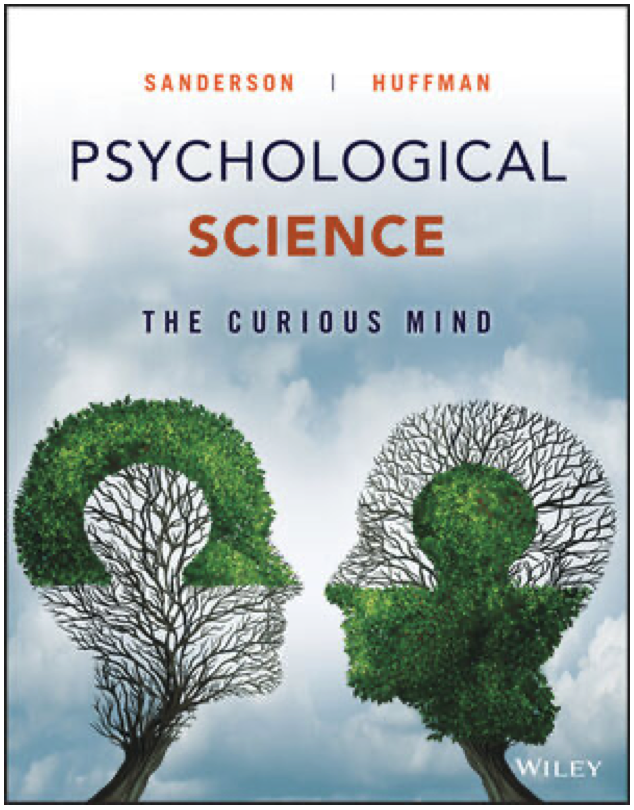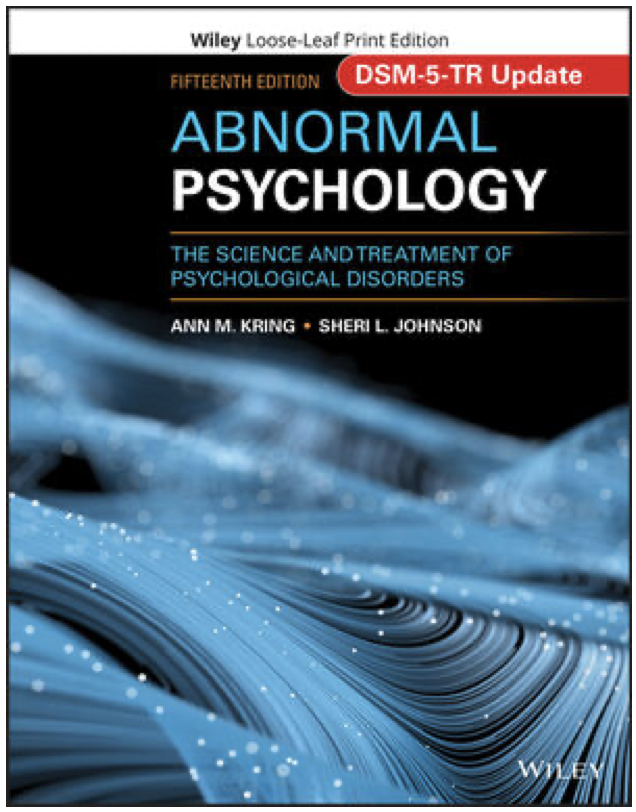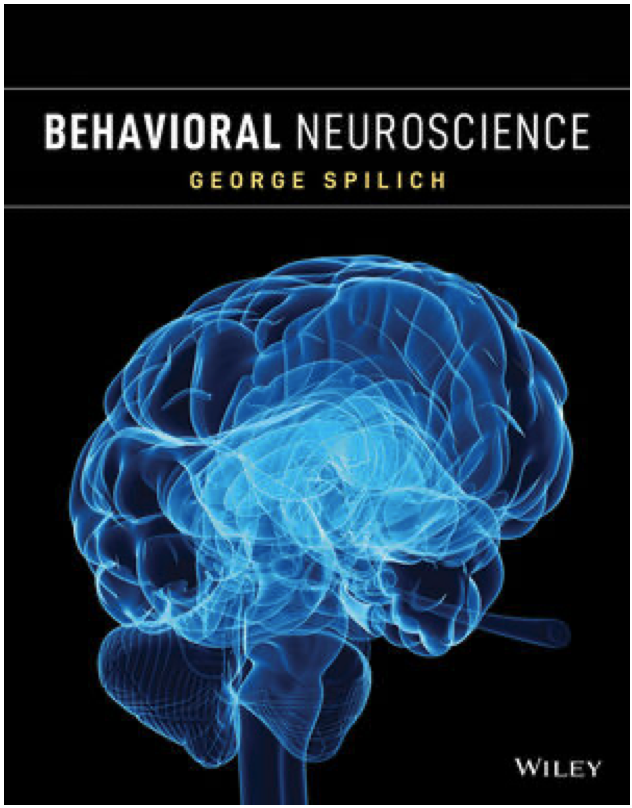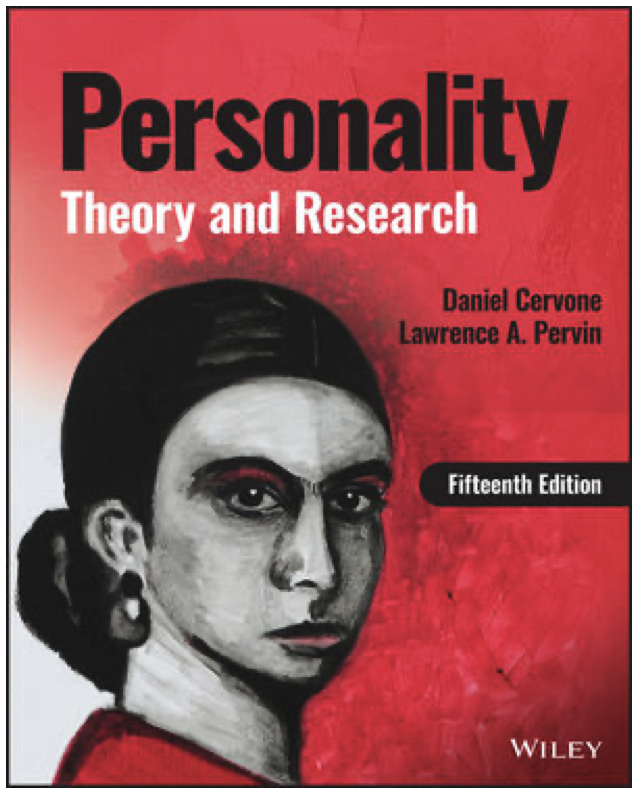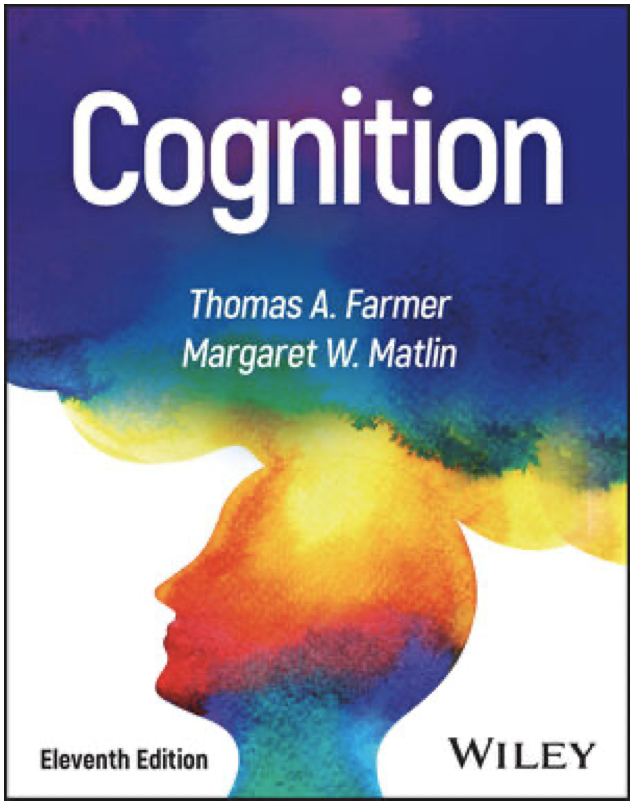TITLE
Treating Bipolar 1 and Bipolar 2 Disorders
DESCRIPTION
What an amazing comprehensive article on the topic of Bipolar Disorder. The article begins with acknowledging that we all can experience ups and downs but usually come to a middle ground in our moods. “But for some people, especially those with bipolar disorder, finding and staying in that middle ground, can be very difficult. Dr. Ernest Rasyidi, a psychiatrist with St. Joseph Hospital in Orange County, California, says that bipolar disorder – which is classified into two categories, bipolar 1 and bipolar 2 – are defined by how patients move from one extreme end, or pole, of mood to the other. “In both conditions, a patient may experience episodes of major depression,” but they also “have mood states on the other end of the pole. If depression is considered ‘down,’ they have periods that are considered ‘up’ relative to normal mood.”
The article focuses on the symptoms of each classification, how to differentiate between the two, and the treatments for each. This article should be used in conjunction with the text chapters on abnormal/psychopathology disorders and treatment. It is worth bookmarking for future reference.
SOURCE
US News and World Report, July 26, 2021 by Elaine K. Howley
LINK TO RESOURCE
https://health.usnews.com/conditions/articles/mental-health/bipolar/bipolar-1-vs-2
(Tiny URL) https://tinyurl.com/3me8wb79
CLASS DISCUSSION QUESTIONS:
•What is Bipolar Disorder?
•How do professionals classify the differences between Bipolar 1 and Bipolar 2 disorders?
•What is the treatment for Bipolar Disorder?



